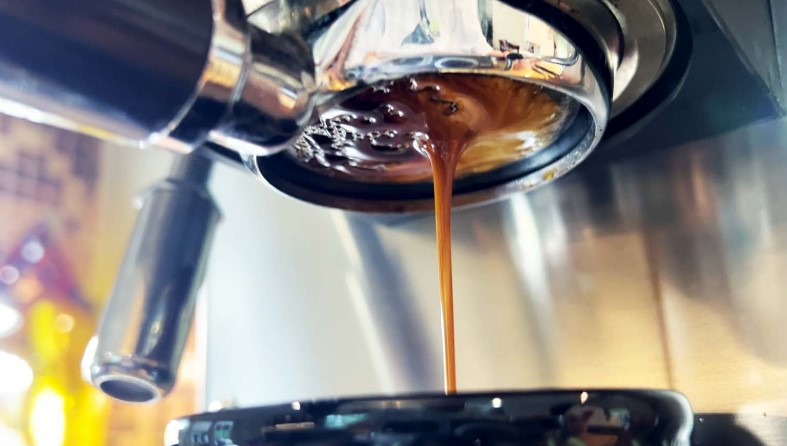Coffee machines have become an indispensable part of our daily routines, providing that much-needed jolt of caffeine to kickstart our mornings. However, like any other appliance, Affordable coffee machine fixes can encounter issues over time. Before you rush to replace your beloved brew buddy, it’s worth exploring affordable fixes that can save you both money and the inconvenience of a broken machine. In this article, we will guide you through some common coffee machine problems and offer cost-effective solutions to get your favorite cup of joe brewing again.
Unclogging the Coffee Maker:
One of the most common issues with coffee machines is clogging, which can lead to slow brewing or even complete failure. Clogs usually occur due to mineral deposits from hard water or coffee grounds accumulating in the machine’s internal components. To unclog your coffee maker, start by running a solution of equal parts vinegar and water through the brewing cycle. This helps dissolve mineral deposits and clean out the internal system. Follow up by running a few cycles of plain water to remove any residual vinegar taste.
Fixing a Leaky Coffee Machine:
Leaking coffee machines not only waste precious coffee but can also create a mess on your kitchen countertop. The most likely culprit behind a leak is a faulty rubber gasket or seal. To fix this issue, first, identify the source of the leak. Check the water reservoir, coffee filter, or any other removable parts for cracks or tears in the rubber seals. If you find any damage, replace the affected seals, which can usually be done inexpensively by ordering replacement parts online or contacting the manufacturer directly.
Dealing with a Slow Drip:
A slow-dripping coffee machine can be frustrating, especially when you’re in a rush. The cause of this problem is often a clogged or partially blocked coffee filter. To address this, remove the filter and rinse it thoroughly to remove any debris or trapped coffee grounds. Additionally, check the coffee machine’s water supply line to ensure it’s not obstructed. Regularly cleaning both the filter and water supply line can prevent slow drips and improve the overall performance of your coffee maker.
Resolving Electrical Issues:
If your coffee machine fails to turn on or suddenly shuts off during the brewing process, electrical issues may be to blame. First, check if the power cord is firmly plugged into a functioning outlet. If it is, examine the cord for any visible damage, such as fraying or cuts. In the case of a damaged cord, replacing it with a new one is a straightforward and affordable fix. However, if the issue persists, it may be a more complex internal electrical problem, in which case it’s recommended to consult a professional or contact the manufacturer for assistance.
Descaling for Optimal Performance:
Over time, mineral deposits from hard water can accumulate in your coffee machine, affecting its performance and the taste of your coffee. Descaling is the process of removing these mineral deposits and ensuring optimal functionality. Many coffee machine manufacturers provide specific descaling instructions in the user manual. However, a simple and affordable DIY solution is to mix equal parts white vinegar and water and run it through the brewing cycle. Follow this by running plain water through a few cycles to eliminate any residual vinegar taste.
Conclusion:
Coffee machines are reliable companions in our daily lives, but occasional malfunctions can hinder our morning routines. By following the affordable fixes mentioned in this article, you can troubleshoot common coffee machine problems without breaking the bank. Remember to regularly clean and maintain your machine, use quality water, and address issues promptly to ensure your coffee maker continues to deliver that perfect cup of coffee. With a little troubleshooting and care, you can enjoy your favorite brew hassle-free and save money by avoiding unnecessary replacements.

